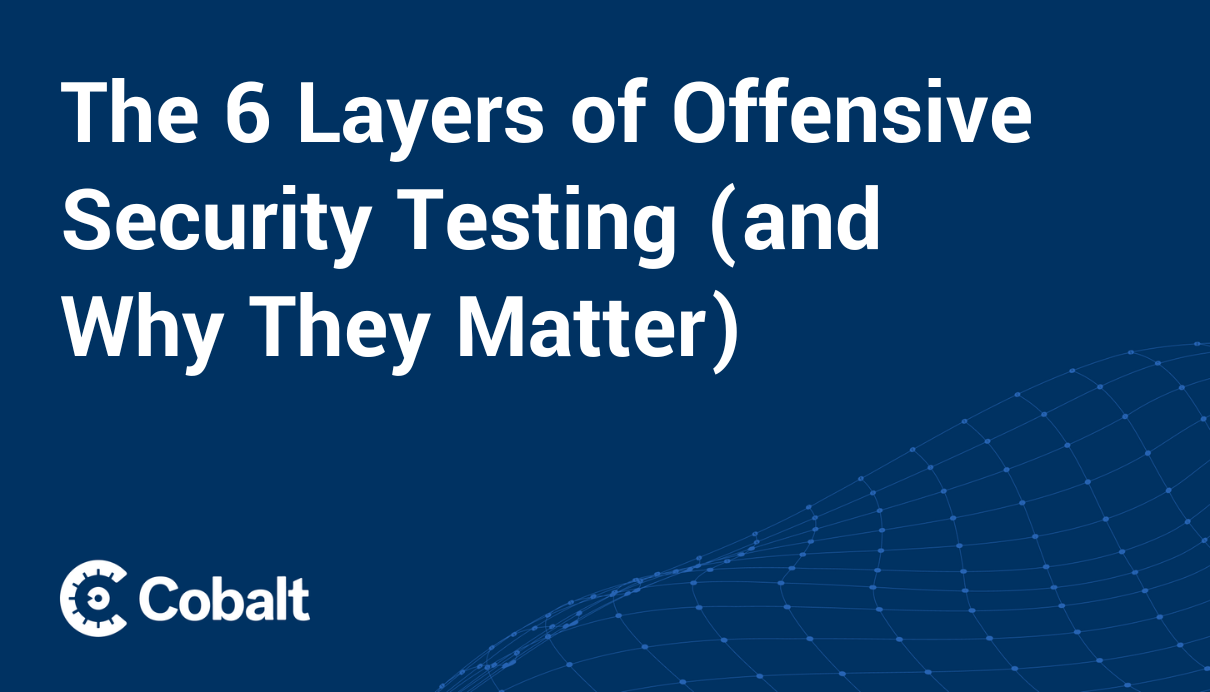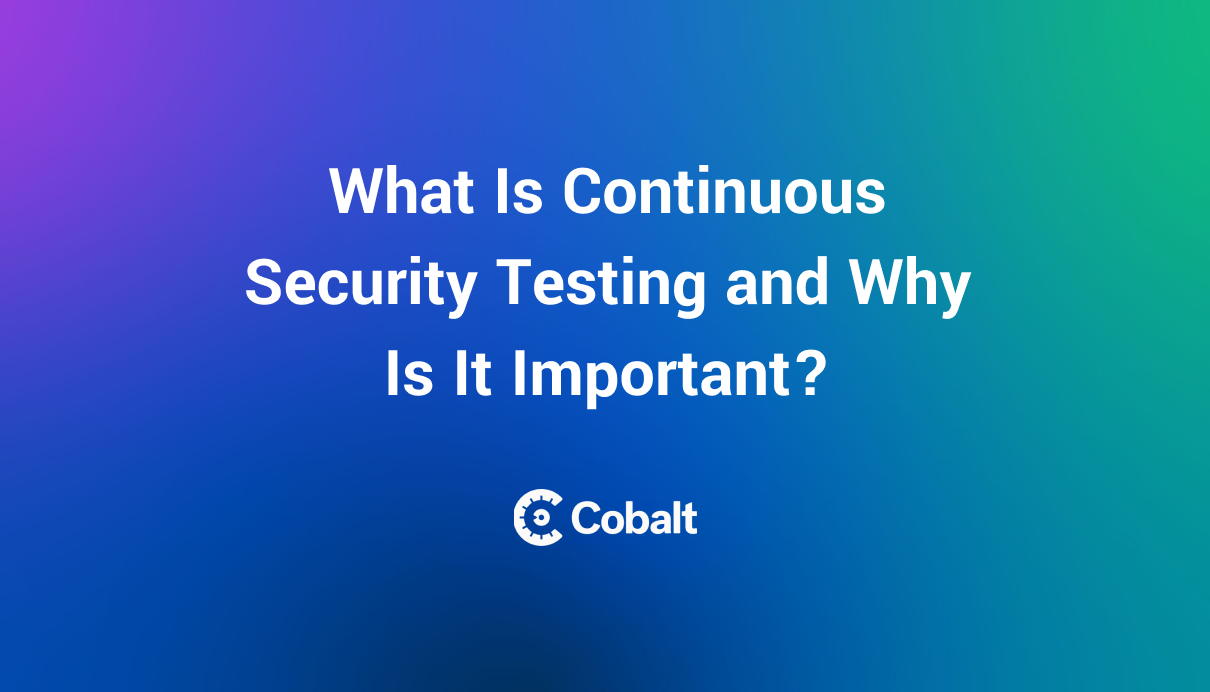Policy terms and conditions
When evaluating cyber insurance policies, it's crucial to understand the terms and conditions, such as:
- Duty to Defend vs. Duty to Pay/Reimburse: In a "Duty to Defend" policy, the insurer is obligated to provide the insured with defense against claims made under the liability insurance policy. This means the insurer will cover all defense costs if any of the claims are potentially covered.
On the other hand, in a "Duty to Pay/Reimburse" policy, the insurer agrees to reimburse the policyholder for defense costs or pay them on their behalf, which can lead to disputes over the allocation of costs.
- Sublimits: Policy limitations on coverage for specific types of losses. For example, a policy may have a $5 million overall limit but a $1 million sublimit for ransomware attacks.
- Retention: Deductibles that can be per claim or aggregate per coverage. For instance, a policy may have a $10,000 retention per claim, meaning the policyholder is responsible for paying the first $10,000 of each claim.
- Waiting Period: The duration of an outage before a claim can be made. For example, a policy may have a 12-hour waiting period, meaning the policyholder can only make a claim if the outage lasts longer than 12 hours.
- Exclusions: Certain types of losses or damages that are not covered by the policy, such as Acts of War/Terrorism or breaches of contract. For instance, a policy may exclude coverage for fines and penalties related to violations of the Payment Card Industry Data Security Standard (PCI DSS).
Organizations must take a proactive approach to cybersecurity to protect their assets, maintain compliance, and secure favorable cyber insurance coverage. One increasingly popular strategy is to implement a continuous security testing program, which offers a range of benefits that can help organizations lower their cybersecurity insurance costs and improve their overall security posture.
Benefits of continuous security testing for lower insurance costs
Continuous security testing is a comprehensive approach that combines various testing methodologies, such as penetration testing services via a Pentest as a Service (PtaaS) platform and automated web application and API scanning to provide organizations with a view of their security risks.
By identifying and addressing vulnerabilities on an ongoing basis, organizations can demonstrate a strong commitment to cybersecurity, which can translate into lower insurance premiums and more favorable coverage terms. Continuous testing helps elsewhere too. It not only boosts your team's confidence but also strengthens trust with partners and customers. It's a win-win that empowers teams to launch products with greater assurance.
Implementing a continuous security testing program can provide organizations with many key benefits that directly contribute to lower cybersecurity insurance costs.
- Improved risk profile: A company that implements continuous security testing discovers and patches a critical vulnerability in its e-commerce platform. Addressing this issue promptly demonstrates a proactive approach to cybersecurity, which insurers view favorably when assessing risk and determining premiums.
- Compliance with insurer requirements: Insurers often require organizations to adhere to specific security frameworks, such as the NIST Cybersecurity Framework or ISO 27001. Continuous security testing helps companies align with these frameworks by regularly assessing their security controls and identifying areas for improvement. This alignment not only satisfies insurer requirements but also provides a structured approach to cybersecurity management.
- Reduced likelihood of incidents: An organization's continuous testing program identifies a misconfiguration in its cloud storage settings that could expose sensitive data. By promptly addressing this issue, the organization prevents a potential data breach and the need to file an insurance claim.
- Faster incident response: Continuous testing helps organizations develop a deep understanding of their IT environment, including network topology, asset inventory, and data flows. This knowledge proves invaluable during incident response, as it allows teams to quickly isolate affected systems, contain the breach, and minimize downtime. The faster an organization can detect and respond to a breach, the lower the overall cost of the incident.
Other benefits of a network, application, or cloud pentest beyond insurance
By simulating real-world attack scenarios and identifying vulnerabilities that may otherwise go undetected, penetration testing provides invaluable insights that can help organizations prioritize their security investments, comply with industry regulations, and build trust with their customers and stakeholders.
- Protecting sensitive data: A penetration test uncovers a SQL injection vulnerability in an organization's web application, which could allow attackers to access sensitive customer data. By identifying and remediating this vulnerability, the organization prevents a potential data breach and safeguards its customers' personal information.
- Maintaining customer trust: In the event of a data breach, organizations that have conducted regular penetration testing can demonstrate to customers and stakeholders that they have taken reasonable steps to secure their IT environment. This proactive approach to cybersecurity can help mitigate reputational damage and maintain customer trust, as it shows that the organization takes data protection seriously.
- Identifying vulnerabilities: A penetration test reveals that an organization's remote access system has a weak password policy and lacks multi-factor authentication. By identifying and addressing these vulnerabilities, the organization reduces the risk of unauthorized access and data breaches.
- Meeting regulatory requirements: In addition to PCI DSS and HIPAA, other regulations, such as the General Data Protection Regulation (GDPR) and the California Consumer Privacy Act (CCPA), emphasize the importance of regular security testing. Penetration testing helps organizations demonstrate compliance with these regulations by providing evidence of their efforts to protect sensitive data and maintain a secure IT environment.
The importance of proactive cybersecurity measures
Cybersecurity insurance is an essential component of risk management for organizations in the digital age. By implementing continuous security testing, including Penetration Testing as a Service, automated scanners, and Digital Risk Assessments, companies can not only reduce their cybersecurity insurance costs but also strengthen their overall security posture.
Additionally, penetration testing offers numerous benefits beyond insurance, such as identifying vulnerabilities, meeting regulatory requirements, protecting sensitive data, maintaining customer trust, and enhancing incident response capabilities.
As cyber threats continue to evolve, organizations must remain proactive in their approach to cybersecurity, and continuous testing is a critical step in achieving that goal.









